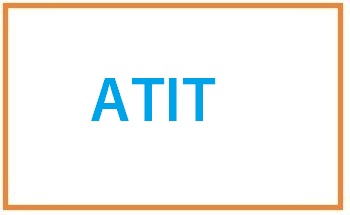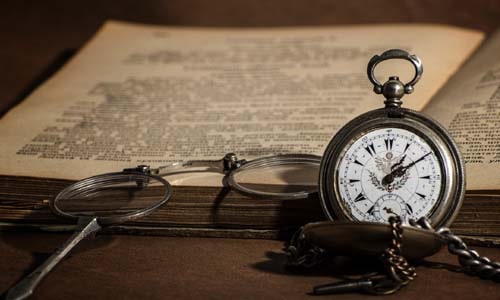ATIT Exam Pattern: The admission test for ICFAI Tech is conducted for admission into various engineering discipline offered by IFCAI universities all across the nation. Only eligible candidates can appear for the exam. Candidates who have successfully applied for the exam must be aware of the ATIT Exam pattern to know what the exam entails. The exam pattern of ATIT will help candidates in gaining an advantage over their competitors. To crack the admission test, it is important to understand the structure in which the question paper will be arranged which is only possible by knowing the Exam pattern. In this article, candidates will get complete information on the ATIT Exam pattern in a comprehensive way. Hence, students are advised to follow the article to know more.
ATIT Exam Pattern
| Exam Mode | Online and Offline mode |
| Language | English |
| Type of Questions | Multiple Choice Questions (MCQs) |
| Total Number of Questions | 120 |
| Exam Duration | 2 Hours |
| Subjects | Physics, Chemistry, English and Mathematics |
| Subjects | Total Marks |
| Physics | 30 |
| Chemistry | 30 |
| Mathematics | 30 |
| English | 30 |
| Total | 120 |
Online Mode (Computer Based Test)
- The CBT will be conducted in multiple slots.
- The duration of CBT will be of 2 Hours.
- Candidates must know how to operate the computer mouse for CBT mode.
- Different slots will have different question paper sets.
Offline Mode (Pen and Paper based)
- In pen and paper-based test, a question paper booklet form where different sets will be distributed among the candidates.
- Candidates will be provided with an OMR answer sheet to mark the answer to the questions.
ATIT Syllabus – Topics to be covered
- Mathematics: Sets, Relations and Functions, Complex Numbers, Matrices and Determinants, Quadratic Equations, Permutations and Combinations, Mathematical Induction and its Applications, Binomial Theorem and its Applications, Sequences and Series, Differential Calculus, Integral Calculus, Differential Equations, Two Dimensional Geometry, Three Dimensional Geometry, Vector Algebra, Measures of Central Tendency and Dispersion, Probability, Trigonometry, Statics and Dynamics.
- Physics: Units and Measurement, Description of Motion in One Dimension, Description of Motion in Two and Three Dimensions, Laws of Motion, Work, Energy and Power, Rotational Motion and Moment of Inertia, Gravitation, Solids and Fluids, Oscillations and Waves, Heat and Thermodynamics, Transference of Heat, Electrostatics, Current Electricity, Thermal and Chemical Effects of Currents, Magnetic Effects of Current, Magnetostatics, Electromagnetic Induction and Alternating Currents, Ray Optics, Wave Optics, Electromagnetic Wave, Atoms, Molecules and Nuclei and Solids and Semi-conductors Device.
- Chemistry: Some Basic Concepts, States of Matter, Atomic Structure, Chemical Energetics and Thermodynamics, Second law of thermodynamics, Chemical Equilibrium, Redox Reactions and Electrochemistry, Rates of Chemical Reactions and Chemical Kinetics, Surface Chemistry, Chemical Families – Periodic Properties, Chemical Bonding and Molecular Structure, Chemistry of Non-Metals – I, Chemistry of Non-Metals – II, Chemistry of Lighter Metals, Heavy Metals, Chemistry of Representative Elements, Transition Metals including Lanthanides, Inner Transition Element, Coordination Chemistry and Organo Metallics, Nuclear Chemistry, Purification and Characterization of Organic Compounds, Hydrocarbons, Organic Compounds Containing Halogens, Organic Compounds Containing Oxygen, Organic Compounds Containing Nitrogen, Synthetic and Natural Polymers, Bio-Molecules and Biological Processes, Chemistry in Action and Environmental Chemistry.




